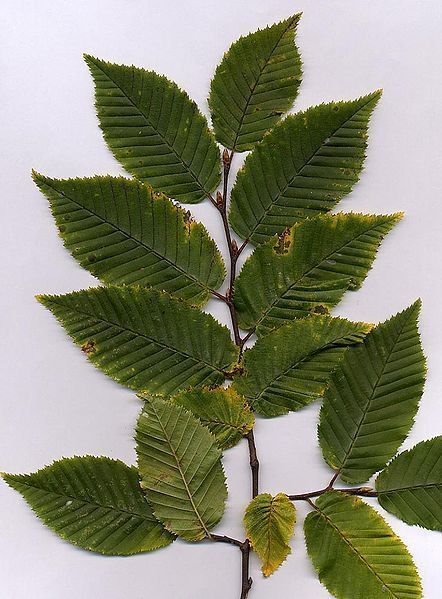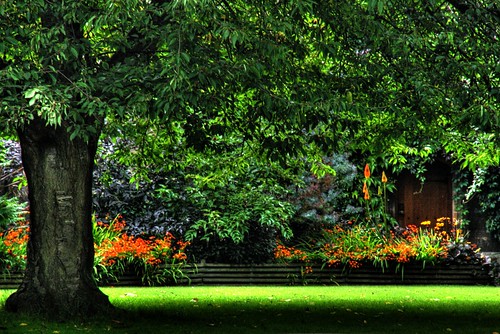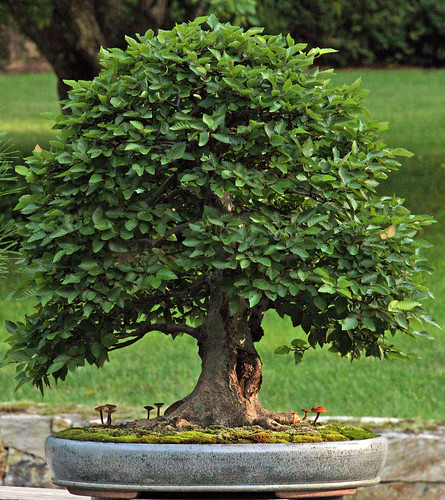
Hornbeam – Root and Branch Review
The name Hornbeam derives from ‘hard tree’ a reference to the property of the extremely tough wood.
Key Features of the Hornbeam
- Latin name Carpinus Betulus other common names Ironwood, American hornbeam, blue-beech, or musclewood
- Height up to 80 feet spread useful for hedges
- Type of tree – Deciduous – dictoyledons
- Leaves – Dark green, oval, double toothed with ridges.
- Flowers Male and female catkins on the same tree
- Fruit Ribbed nut held in a three leaved bract
- Bark Silver grey and smooth
- Family Corylaceae related to Birch and Hazels
Origins and Distribution of the Hornbeam
- Found in Europe and China.
- Other species are also found in America.
Uses and Commercial Attributes of Hornbeam
- Traditionally the hard white wood was used for Ox yokes, tools, butchers blocks and mill cogs.
- Can be coppiced for charcoal production.
- Chess peices and piano actions can be made from Hornbeam
Gardeners Tips for the Hornbeam
- Makes a good stout hedge and retains leaves through autumn.
- Hornbeam tolerate quite deep shade.
- Make good bonsai subjects
Other types of Hornbeam and Species
- The Oriental Hornbeam Carpinus orientalis occurs in southeast Europe and southwest Asia
- The Japanese Hornbeam Carpinus japonica is similar to Carpinus orientalis
- The North American species, American Hornbeam Carpinus caroliniana is similar to Carpinus betulus in leaf size and shape.
Hornbeam comments from elsewhere
Hornbeams were once coppiced and pollarded (cut back to promote new growth) on a regular basis in its native woodlands of south and south-east Britain. Epping Forest in Essex, where this practice took place, is now protected and is home to thousands of hornbeams that live alongside oak, beech, birch and holly trees.
One of the reasons Carpinus betulus can live in such close proximity to these large trees is that it is extremely tolerant to shade. However, it prefers a warm climate and does not live above 600 metres, restricting its natural habitat to the more southerly parts of Britain. Kew Gardens

Read about our series on British tree reviews with a bakers dozen fact sheets
Credits
Beneath the hornbeam on a summer afternoon by pcgn7 CC BY-NC 2.0
“Hornbeam with mushrooms by OpenEye CC BY-NC-ND 2.0
Hornbeam leaf the GNU Free Documentation License, Version 1.2

